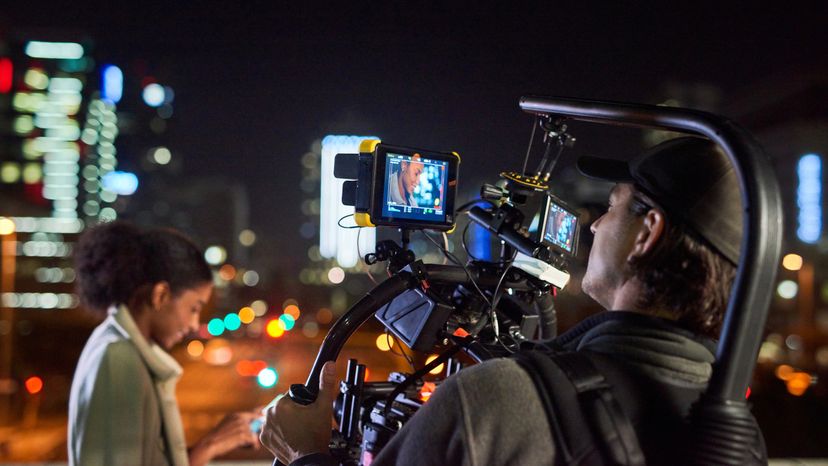
If a movie touts itself as being “based on a true story,” watch out. It’s rare for any movie to actually tell a true story, as opposed to stories swirling about in a screenwriter’s head. Chances are, a “true story” movie only tells part of the real story, and could be as minuscule as “somebody with this name existed.” Then Hollywood builds total fiction based around that name, somehow touting it as fact.
Here are some famous films for whom “the truth, the whole truth, and nothing but the truth” was a mere option, and a rather silly one at that.
Advertisement